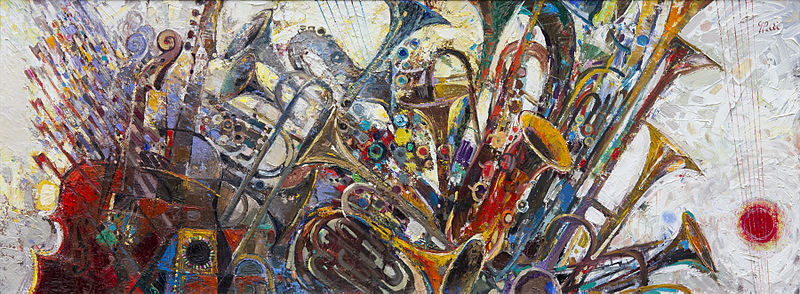“Do I contradict myself? Very well, then I contradict myself, I am large, I contain multitudes.” – Walt Whitman
Last week and throughout my Thagomizer posts, I often give glowing reviews to social enterprises. However this week I’d like to look at the failures of many of the businesses I’ve praised. While social enterprise has provided a new way of funding social change, it has not been as effective at producing impact. Sure most social enterprises have positive outputs: shoes provided to the poor, increased availability of affordable health services, microloans for businesses. However while models like Toms Shoes provide a way forward for funding, it also represents a step back in the way we address poverty.
I was reminded of this when watching The #GlobalPOV Project video on “Can We Shop to End Poverty?” As U.C. Berkeley professor Ananya Roy eloquently explains, while our purchases for good make us feel better, they aren’t actually ending poverty; they are perpetuating it.
The point Roy makes is that while opportunities to help people in poverty are increasingly visible while we shop, the root causes of poverty and inequality are hidden. The workers who make the goods we shop, the people helping us at checkout, the farmers who grow the food, are all hidden from us. Toms Shoes is a great example of this. While pictures of their “shoe drops” and founder Blake Mycoskie giving shoes to poor children litter their website, there are no pictures of anyone who actually makes the shoes. On the website you can find pictures of the office staff, of the communities they give shoes out to, but not the people who assemble and create the raw materials for the shoes. Yet it’s in the making of shoes, not in giving of shoes where Toms could have the most impact on people in poverty.
Most of Toms Shoes are not made in the communities they serve. Toms does make sure they have ethical business practices throughout its supply chain by requiring suppliers to sign a Code of Conduct ensuring fair wages and benefits, standards of health and safety, and no child labor. But giving out shoes made outside of the community has the potential to undercut domestic entrepreneurs. If they focused on not just giving people in poverty shoes, but giving them the opportunity for a steady paycheck they could do a lot more good. This is an opportunity Toms is now seeing. Mycoskie has even announced that by the end of 2015 they will produce one third of their shoes in the places they serve.
The hazards of giving have been well documented in the world of international aid. The influx of donated rice into Haiti to aid those affected by earthquake hurt domestic farmers who relied on people buying their rice. Toms Shoes might have been innovative in figuring out how to pay for social good but their model of creating social good is outdated. What we need is more support for long-term, systematic solutions but instead most social enterprises focus on immediate results that look good on an infograph.
The narrative social enterprises provide to the consumer is a compelling one, placing you as the hero in someone’s life. However while your purchase may help that person, there is also an unseen narrative. Our wealth is created on the backs of many in this country and throughout the globe. Our purchases perpetuate the cycle of poverty. Until we examine the systematic inequalities, until we zoom out from giving shoes and focus on why people don’t have shoes, social enterprise won’t change the world. We need more social enterprises not just using business for charity but advocating for changes in the way we do business to create a more equitable system. Ananya Roy quotes a U.N. official in her video: “policy not charity is what rich countries can do for poor counties.” I would say the same of social enterprises. It might not make for the best photos but advocacy could change far more lives than a pair of shoes.


